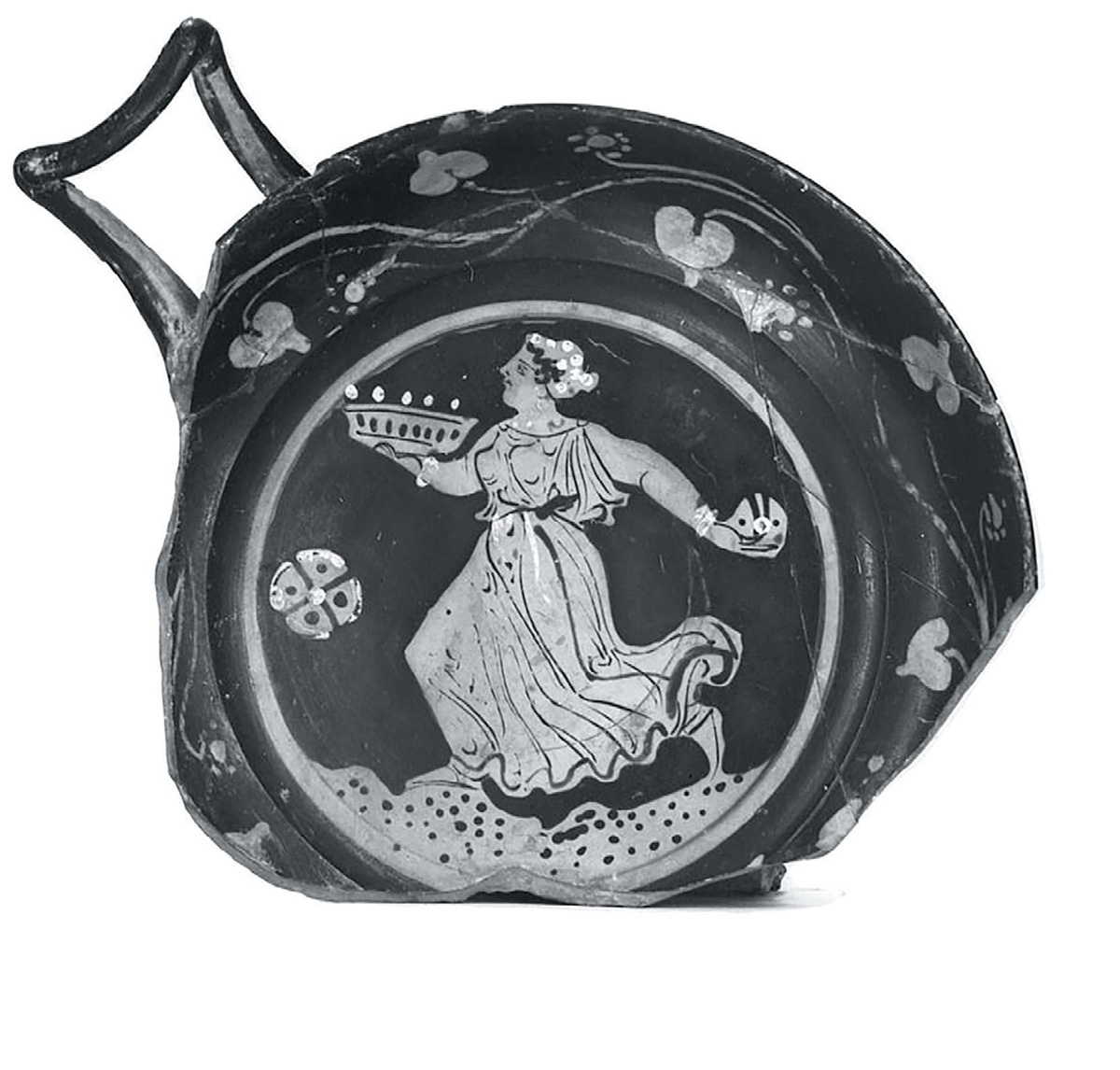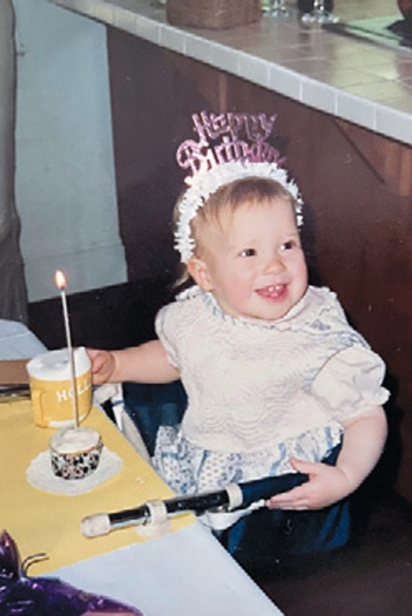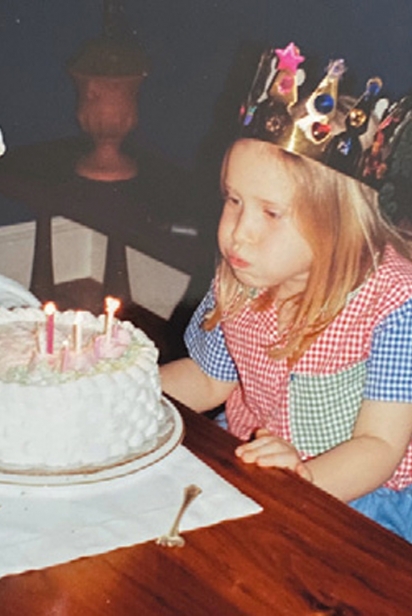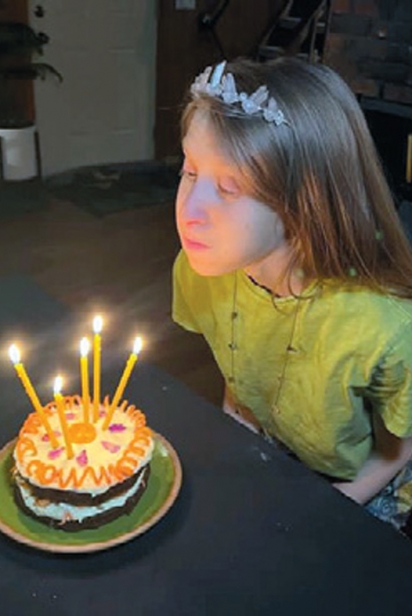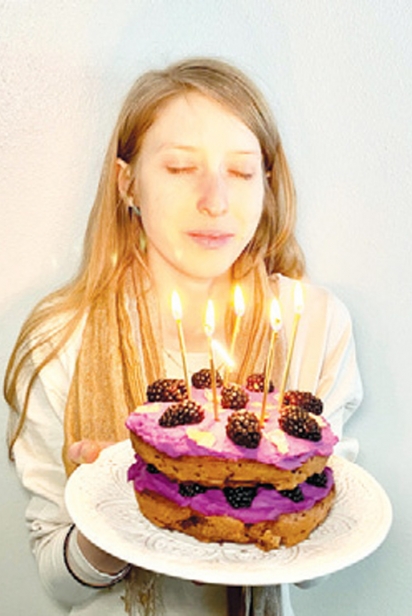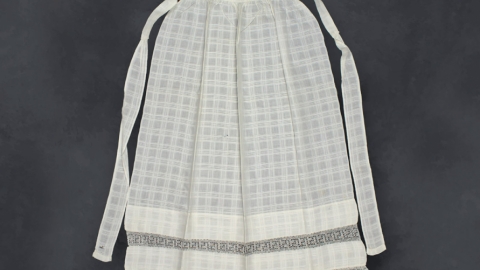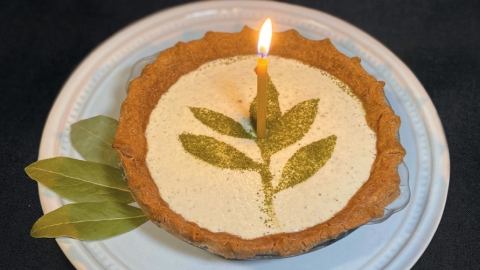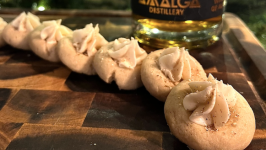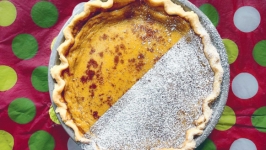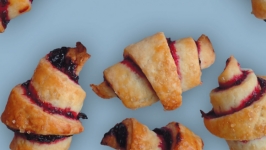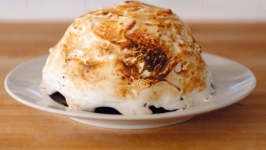Worth the Candle
Why make a meal when you can just smell it? Pasta Water. Elote. Pot Roast. Fruit Loops. Taro Bun. These are just a few of the various food-scented candles available on the market these days. Food candles are having a moment, to be sure. If a candle is a wick embedded in a meltable substrate, the earliest recorded use of candles can be traced to about 3000 BCE in Ancient Egypt. These candles were likely made of animal fat, or tallow, which certainly does give off a kind of cooked meat scent. Archaeological evidence suggests that waxes, derived from everything from tree nuts to insects to boiled cinnamon fruit, brought light to civilizations around the world for centuries. Candles were not luxury gift items, but labor-intensive essentials of daily life.
Use of the idiom “not worth the candle” was first recorded in French in the late 16th century, “le jeu ne vaut pas la chandelle.” This translates to “the game is not worth the candle,” which is to say that something is not worth effort or expense. This belies the expense of a candle to light activities before the advent of electricity.
In today’s privileged and powered world, candles are not necessary for illuminating meals. Divested of practicality, candles serve as ambience or, stuck into a cake, a sign of celebration. A candle on the table or in the food marks an event as “extraordinary.” Indeed, most photos of my birthday from age one to today show the same act: blowing out candles… close your eyes, make a wish...
“Not worth the candle” transmogrified in English at some point to “the cake is not worth the candle.” Presumably this transition was after 1746, when 46 birthday candles lit up a cake for Count Nikolaus Ludwig von Zinzendorf, the first documentation of a birthday cake as known today. According to an account of one of the party’s attendees, “there was a Cake as large as any Oven could be found to bake it, and Holes made in the Cake according to the Years of the Person’s Age, every one having a Candle stuck into it.” This polemic rails against the lavishness of celebration, the number of expensive candles meant to be a depiction of extravagance.
So, what is “worth” a candle? Recently, I have been trying to bring the romance of lighting a candle in celebration outside of designated days and occasions. Every night, my partner and I light a candle at the dinner table, a simple gesture that marks a kind of specialness of sharing in eating and, quite simply, being together. I have come to realize that I do not need to wait until a birthday or anniversary to put a candle in my dessert or meal. Why not make each plate an offering, a celebration? The food does not need to be spectacularly made or beautiful; taking time to light and blow out a candle recognizes the effort, energy, and many hands that work to bring food to our table and nourish our bodies. If we take time to savor the sensory experience of the food itself, every dish can be worth the candle.
First published in the Winter 2023 issue of Edible Alaska.


